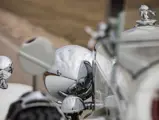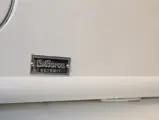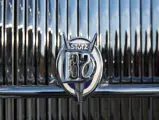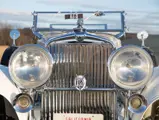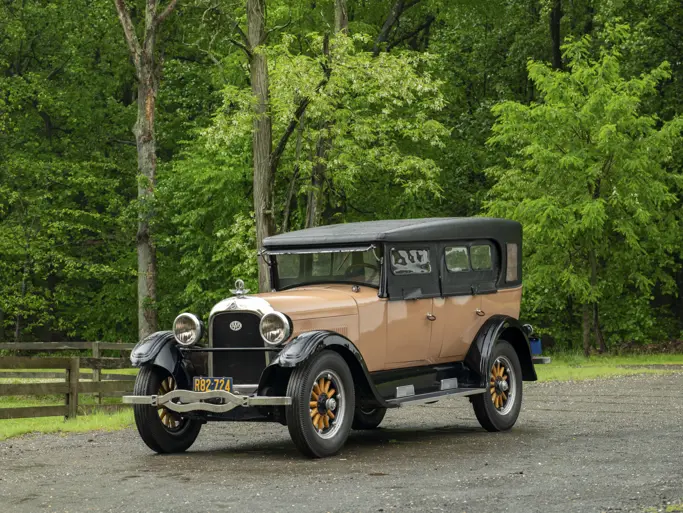
1932 Stutz DV32 Tonneau Cowl Four-Passenger Speedster by LeBaron
{{lr.item.text}}
$522,500 USD | Sold
{{bidding.lot.reserveStatusFormatted}}
- The ultimate, most powerful Stutz model
- The only factory-catalogued Dual Cowl Phaeton on the DV32 chassis
- One of a believed two known survivors
- Formerly owned by Scott Newhall and Charles Jones
- Desirable short-wheelbase chassis and lightweight aluminum coachwork
156 bhp, 322.1 cu. in. DOHC inline eight-cylinder engine, three-speed manual transmission, solid front and live rear axles with semi-elliptic leaf springs, and four-wheel hydraulic drum brakes. Wheelbase: 134.5 in.
“It was the best of times; it was the worst of times.” Charles Dickens wrote it about 18th century France, but it applied just as well to the mood within 1060 North Capitol Avenue, Indianapolis, in 1930. Stutz was in trouble. The successes of competition in the Brass Era had not translated into successes in production in the 1920s, and the company was further weakened by financial shenanigans of top management and the onslaught of the Great Depression. In the end, it would not survive. Nonetheless, in early 1931, amidst all the gloom and doom, Stutz launched the DV32, and it was as fine an epitaph as any automaker would ever write for itself.
The DV32 began with the original Stutz Vertical Eight that had debuted in 1926. As the company did not have the funds on hand to design a completely new engine, they had to make do with this mill for five years, continuously fine-tuning and upgrading it. The DV32 featured the last iteration of the mill, which began as a 322-cubic inch former BB engine that had been redesigned by Charles “Pop” Greuter, the dean of the Stutz engineering department, to include double overhead camshafts and angled valves above the hemispherical combustion chambers. It was this arrangement that gave the engine its lasting title, the “Dual-Valve 32,” for its four valves per cylinder, with 32 in total.
The upgraded engine produced some 156 horsepower, which was about the same horsepower-per-cubic-inch ratio of the Duesenberg Model J, and this was taken to the rear axle through a Warner three-speed transmission. With a lightweight body on a short-wheelbase chassis, as found on the example offered here, a DV32 was swift, flexible, and capable of not only 90 mph but also outrunning just about everything but the inevitable.
Only about 200 examples of the DV32 were delivered during Stutz’s waning days, which finally came to an end in 1935, after a valiant attempt at survival through light truck production. The survivors have long been held among the most valuable and desirable of Stutzes, and they are among the most pleasurable automobiles of their era to drive.
CHASSIS NUMBER DV-26-1474
The genuine DV32 offered here was bodied in aluminum by LeBaron as a four-passenger speedster. This body style was offered in two variations, with and without a tonneau cowl, which, according to other manufacturers, would make it a “dual cowl phaeton.” This was the only dual cowl phaeton style to be catalogued by Stutz for the DV32 chassis. It is believed that three DV32 Four-Passenger Speedsters survive today, of which two have the tonneau cowl, and the car offered here is the only example of those two likely to be available for sale in the near future.
The ownership history of chassis number DV-26-1474 has been traced back to well-known San Francisco socialite, enthusiast, and early collector Scott Newhall. Later, it passed to prominent collector Charles Jones, from whom the present owner acquired the car in 1990.
The consignor spent the next five years exhaustively restoring the car back to original condition, noting that he took each component apart, rebuilt, and painted or chromed them as-original, with extensive research being made to ensure correctness and a high level of detail throughout. The engine, transmission, rear axle, and other drivetrain components were overhauled, rebuilt, and repainted, while the body panels and fenders were individually primed and painted before being mounted on the chassis.
The restoration was completed in 1995, and the car was shown at that year’s Pebble Beach Concours d’Elegance. The following year, it became a CCCA Senior award winner at the California Summer Grand Classic, where it received badge number 2042, and in 1998, it won First Place at the Silverado Concours d’Elegance. Today, it still presents beautifully and is accompanied by a small collection of photos that document the restoration work, as well as information pertaining to its show history.
As the only available Dual Cowl Phaeton to ride on the ultimate Stutz chassis, this car would be a singular addition to any collection of CCCA Full Classics.






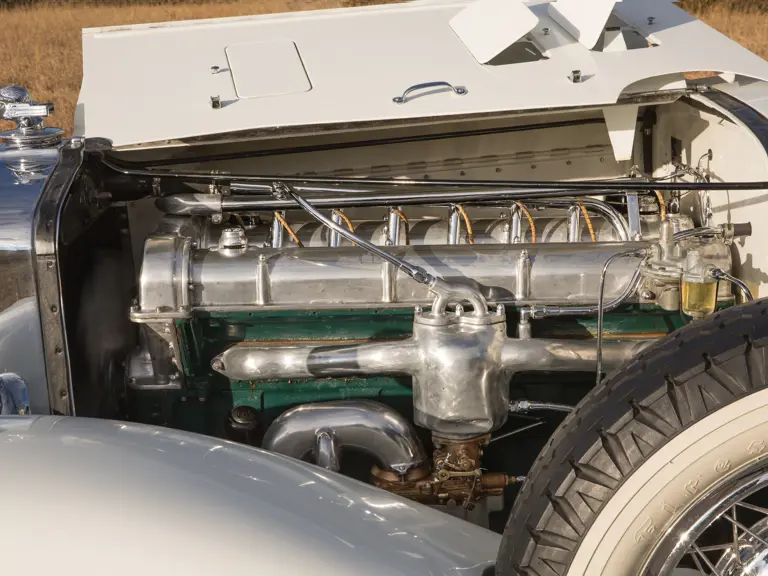












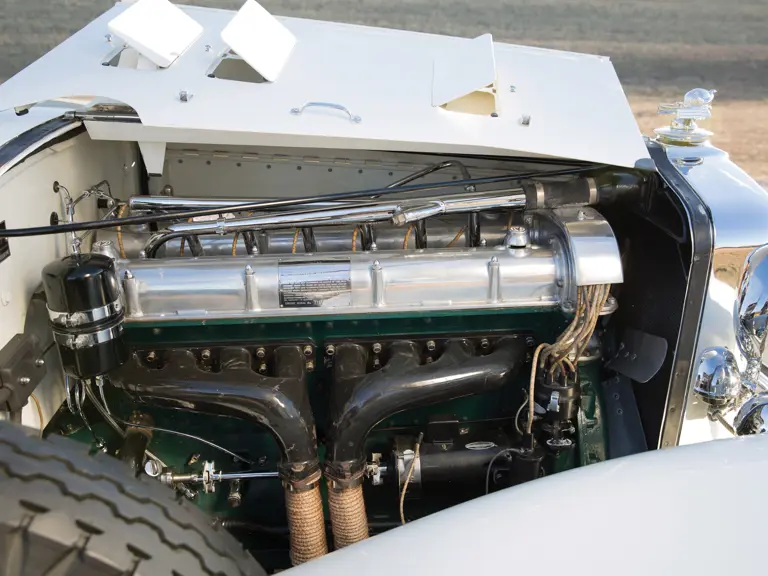



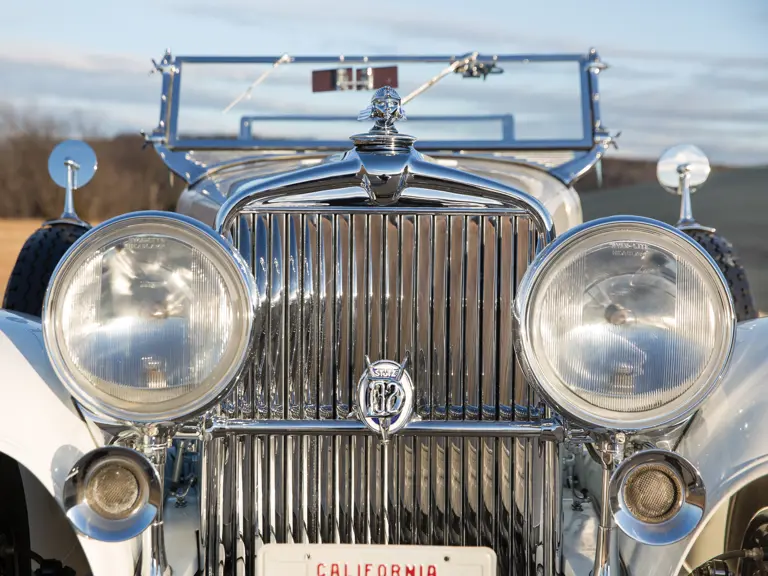





 | Amelia Island, Florida
| Amelia Island, Florida







